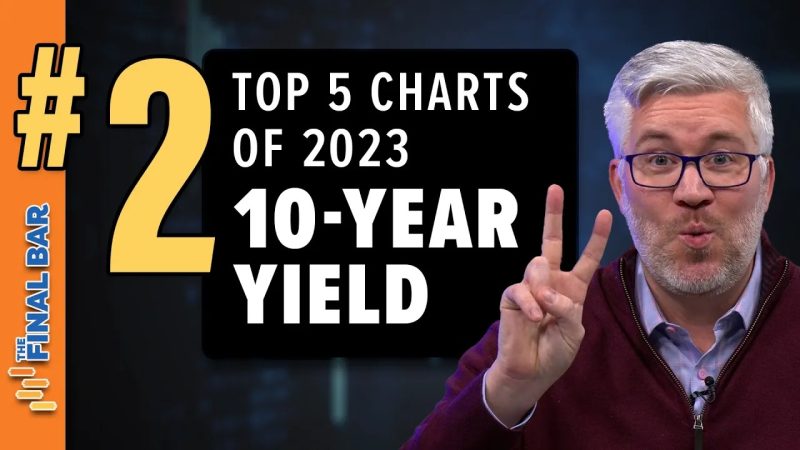The 10-Year Treasury Yield is a critical metric for investors, as it provides insight into the health of the economy. Every year, firms providing financial analysis examine the yield in order to assess the current economic environment. In 2023, the key trends in 10-Year Treasury Yield have been the emergence of higher short-term interest rates, increased volatility in the yield curve, and the introduction of a new type of bond.
First and foremost, the 10-Year Treasury Yield saw a significant rise in interest rates over the course of the year. This trend was driven by a combination of rising inflation and expectations of an upcoming economic recovery. Consequently, the yield on 10-Year Treasury bonds rose to a ten-year high of 1.56 percent in late-September. Furthermore, traditional investment strategies that depend on low rates such as long-term fixed-rate mortgages became more uncertain.
The 10-Year Treasury Yield also experienced increased volatility over 2023. The high point of the yield was in late-September, whereas the low point was in mid-January. This increased volatility was likely driven by a combination of factors such as changes in the structure of the global economy and the introduction of unconventional monetary policies. With a future that remains uncertain, investors can expect further volatility in the 10-year treasury yield.
Furthermore, in 2023, the U.S. Treasury Department began issuing a new type of bond called the Floating Rate Note. This bond pays a variable rate of interest, which is reset every two months. As FRNs pay more when short-term rates are rising, they tend to stabilize the long end of the yield curve. As such, the 10-Year Treasury Yield now has better protection against short-term volatility.
In conclusion, the top five charts on the 10-Year Treasury Yield in 2023 have illustrated a number of trends, such as increasing short-term interest rates, increased volatility, and the introduction of the Floating Rate Note. Although these represent only a snapshot of the current economic environment, investors will have to remain up to date in order to make informed investing decisions. As the market remains in flux, the 10-Year Treasury Yield is likely to remain an important factor in determining investments.






